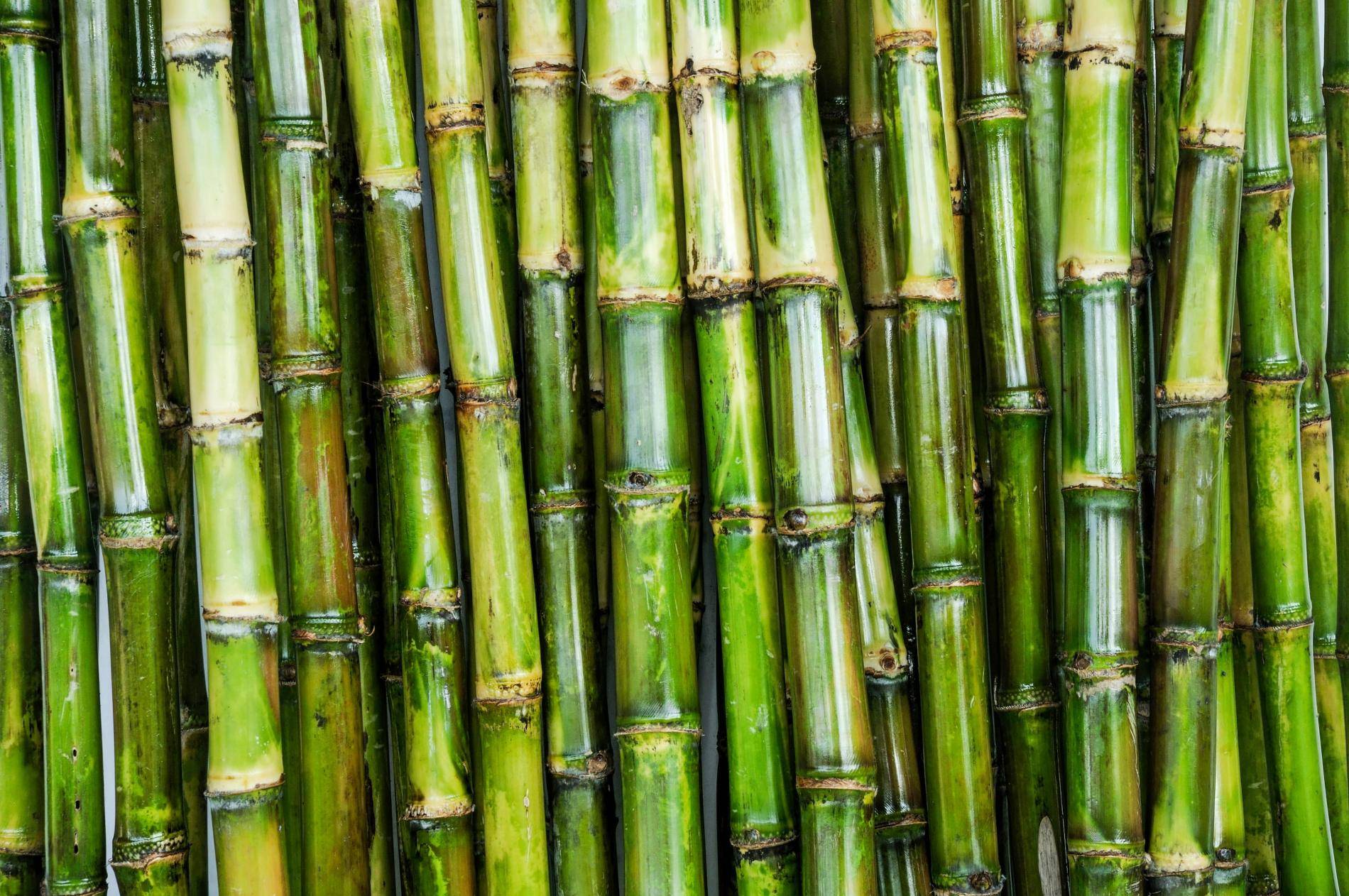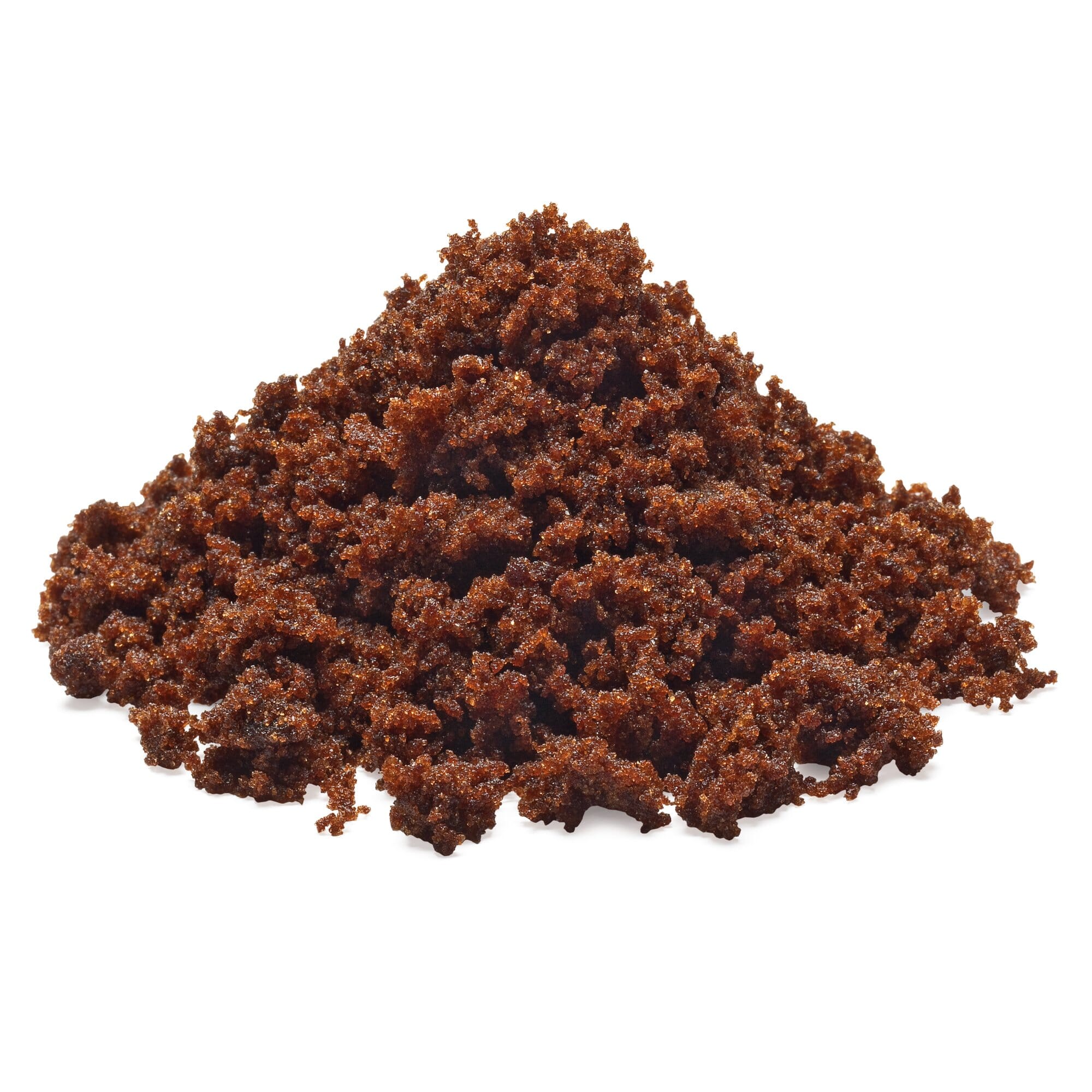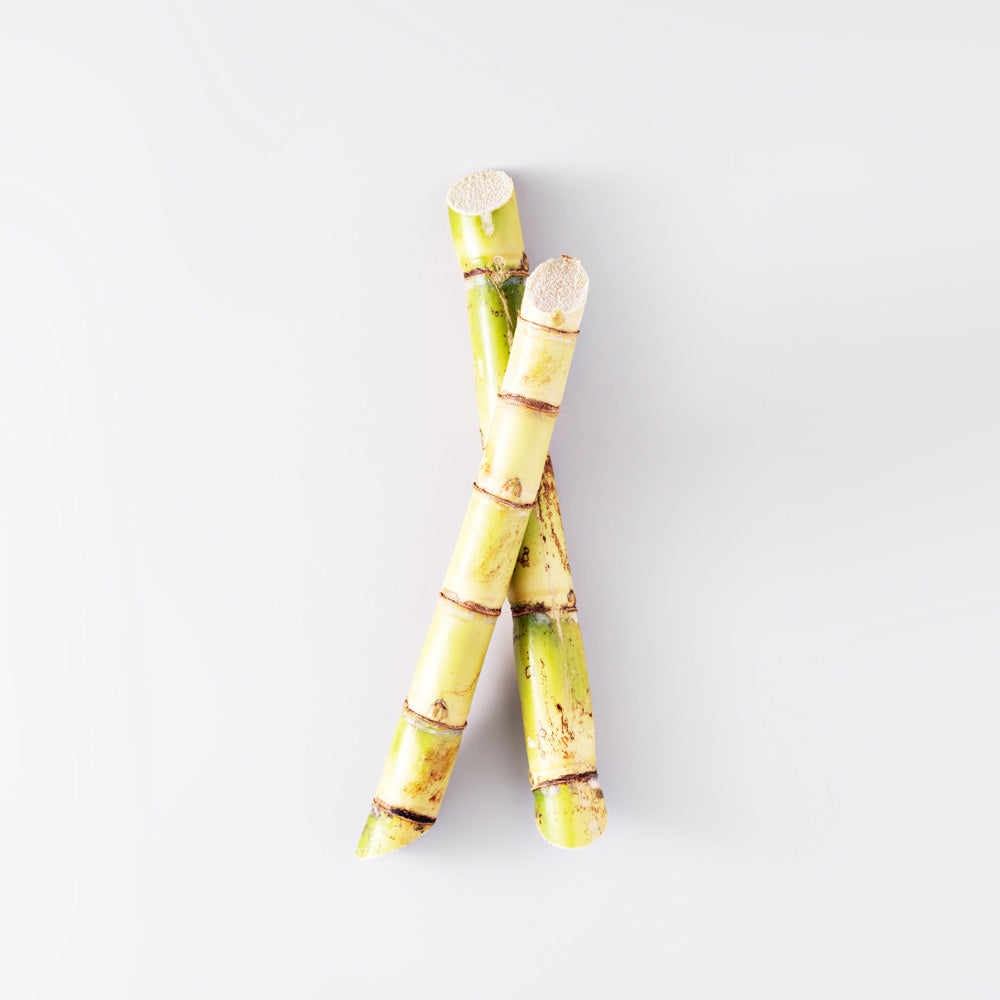Cane Sugar Processing: From Area to Table-- A Step-by-Step Overview
Cane Sugar Processing: From Area to Table-- A Step-by-Step Overview
Blog Article
Exploring the Comprehensive Steps Associated With Cane Sugar Processing From Collecting to Refinement
The procedure of walking stick sugar manufacturing incorporates a series of elaborate steps, beginning with the mindful harvesting of sugarcane and finishing in the improvement stages that make certain the last product meets industry standards. Each stage, from the extraction of juice to the filtration and crystallization processes, plays a critical duty in figuring out the high quality and character of the sugar. Understanding these phases not just highlights the intricacy of sugar production however also increases crucial concerns concerning performance, sustainability, and advancement in the sector. What implications do these aspects have for future practices?
Gathering Sugarcane
Gathering sugarcane is a crucial action in the cane sugar processing chain, as it directly influences the quality and return of the end product. Appropriate timing and strategies are vital during this phase to make certain optimum sugar content and reduce losses. Usually, sugarcane is gathered when it gets to maturation, typically 12 to 18 months after planting, defined by a high sucrose focus.

Post-harvest, the sugarcane needs to be refined promptly to stop sucrose degradation. Preferably, gathered walking cane must be transferred to refining facilities within 24 hr to protect sugar high quality. Therefore, effective logistical planning is vital to keep the stability of the gathered crop throughout the supply chain.
Removal Process

The crushed walking stick goes through a series of pushing operations to optimize juice recovery. Normally, warm water is sprayed onto the crushed cane, creating a countercurrent circulation that assists liquify the sugar while additionally assisting in the extraction process. The juice accumulated from this procedure includes not just sugar but likewise various natural substances and contaminations.

To enhance removal performance, some facilities might employ diffusion techniques, where the sugarcane is taken in warm water, permitting the soluble sugars to diffuse right into the fluid. The resulting juice, abundant in sucrose, is after that directed to succeeding handling phases, laying the foundation for filtration and refinement. The extraction process is therefore crucial in identifying the top quality and yield of the last sugar product.
Filtration Strategies
The purification techniques employed in walking cane sugar handling are essential for transforming the raw juice into a high-grade sugar item. These approaches article largely intend to eliminate impurities, such as soil, plant products, and inorganic materials, which can negatively influence the final product's flavor and color.
This procedure entails including lime and warmth to the raw juice, which helps with the coagulation of pollutants. In addition, the usage of phosphoric acid can enhance the clarification procedure by further binding contaminations.
One more considerable technique is carbonatation, where co2 is presented to the clarified juice. This response generates calcium carbonate, which captures staying pollutants and advertises their removal.
Moreover, turned on carbon therapy might be related to adsorb any staying colorants and organic contaminations, ensuring an extra polished product. The combination of these approaches properly prepares the sugar juice for subsequent steps in the refining procedure, setting the stage for the production of top notch cane sugar.
Condensation Techniques
After the purification phase, the following critical action in walking cane sugar handling involves crystallization approaches, which play a crucial function in transforming the cleared up juice right into strong sugar. This process commonly employs 2 main techniques: spontaneous condensation and regulated formation.
In spontaneous condensation, supersaturated sugar solutions are allowed to cool down normally, leading to the formation of sugar crystals over time. This approach allows for the uniform development of sugar crystals and greater pureness.
During condensation, the made clear juice is focused through dissipation, boosting its sugar web content until it reaches supersaturation. Once this factor is attained, either approach can promote the crystallization procedure. Cane Sugar Processing. The resultant sugar crystals are then divided from the remaining syrup with centrifugation
Ultimately, the option of condensation approach impacts the quality, size, and pureness of the final sugar item, making check that this step essential in the overall cane sugar processing procedure.
Improvement and Product Packaging
Exactly how can the pureness and top quality of walking stick sugar be further enhanced after formation? The refinement process plays an important duty in achieving high-quality walking cane sugar.
Next, the sugar is subjected to a procedure called centrifugation, where it is rotated at broadband to separate the detoxified sugar crystals from the remaining fluid. After centrifugation, the sugar is often more fine-tuned via an approach called carbonization or phosphatation, which uses triggered carbon or phosphoric acid to eliminate shade and off-flavors.
As soon as fine-tuned, the sugar is dried out to achieve the preferred dampness content, making sure that it continues to be secure during storage space and transport. The last step involves packaging the polished sugar in impermeable and moisture-proof containers to preserve its top quality and avoid contamination. Cane Sugar Processing. Correct product packaging not only extends shelf life however likewise helps with easy handling and distribution, ensuring that consumers receive sugar that fulfills the highest standards of purity and quality
Final Thought
The detailed steps associated with cane sugar processing, from the careful harvesting of sugarcane to the detailed improvement and product packaging phases, highlight the value of each stage in making certain premium sugar production. Optimum harvesting methods, reliable extraction methods, and strenuous purification processes collectively contribute to the end product's purity and security. The formation and succeeding packaging practices further improve the stability and service life of the sugar, highlighting the intricacy and accuracy article inherent in this essential agricultural market.
The procedure of walking stick sugar manufacturing encompasses a series of elaborate steps, beginning with the mindful harvesting of sugarcane and culminating in the refinement stages that ensure the last item satisfies sector criteria. Preferably, collected walking stick ought to be carried to processing facilities within 24 hours to maintain sugar quality.In spontaneous condensation, supersaturated sugar remedies are enabled to cool naturally, leading to the formation of sugar crystals over time - Cane Sugar Processing. The refinement procedure plays an essential role in attaining high-quality cane sugar.The thorough actions involved in walking stick sugar handling, from the meticulous harvesting of sugarcane to the complex refinement and packaging phases, underscore the relevance of each phase in making sure top notch sugar production
Report this page